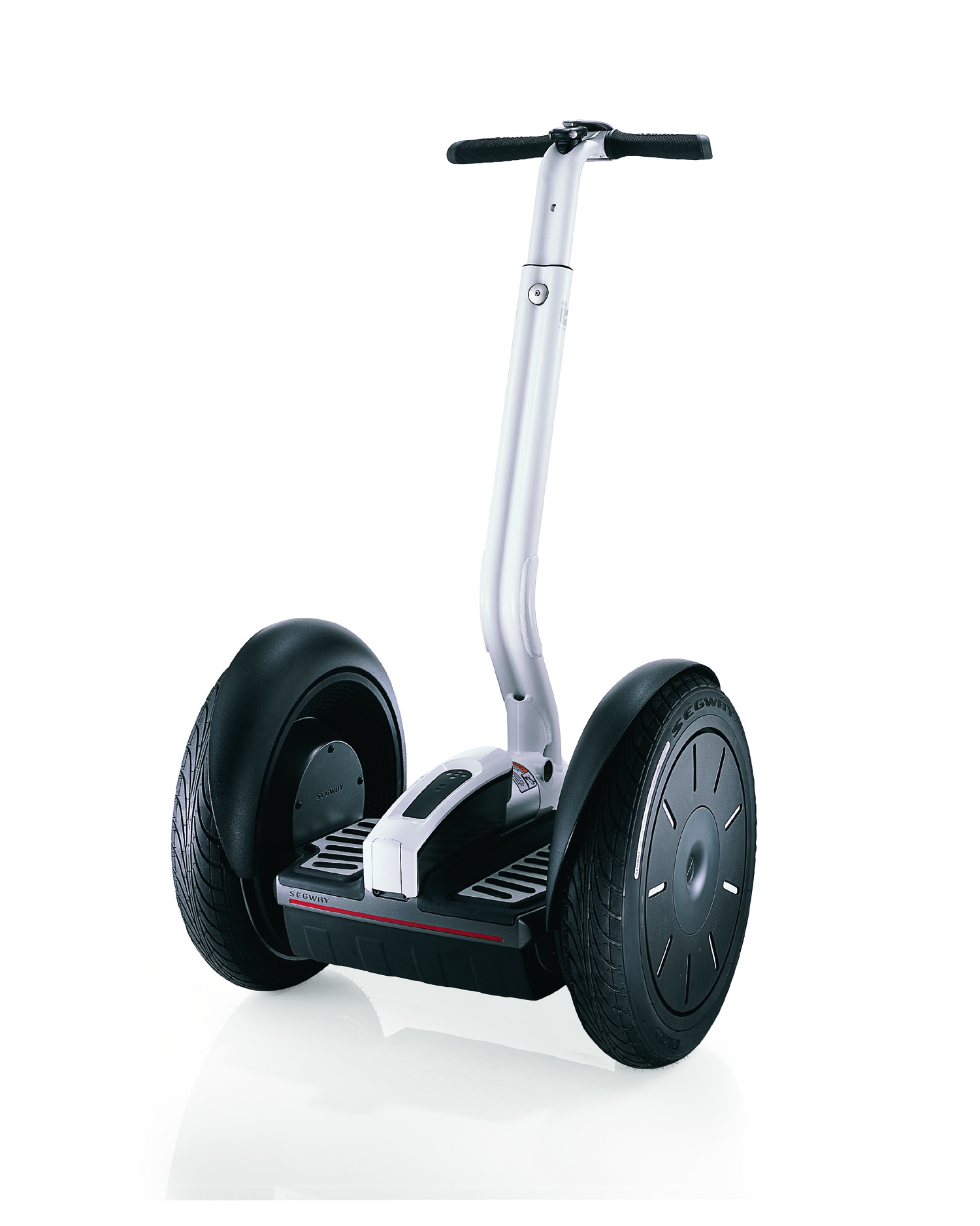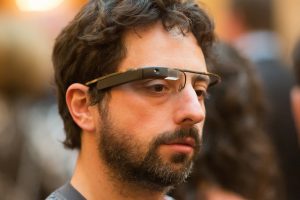In 2001, the Segway hit the market. VCs like Kleiner Perkins’ John Doerr fawned all over it pre- launch. Even Steve Jobs and Jeff Bezos were enthralled when they saw it. To its inventor, Dean Kamen, it represented the next breakthrough in personal transportation. His boldest claim came when he predicted in Time magazine that the Segway “will be to the car what the car was to the horse and buggy.”
Kamen is a true renaissance man and when he speaks, it is best to listen. He has had the ear of at least two presidents and is highly respected in the medical field for his invention of the all-terrain electric wheel chair. Perhaps he is best known for inventing the insulin pump.
I had the privilege of sitting next to Kamen at an event at the San Jose Tech Museum just before the Segway came out. I was already aware of his accomplishments and I was (and still am) in awe of him. Regis McKenna, the legendary PR vet who handled PR for Apple and Steve Jobs until the mid-1990s, was also sitting with us. I clearly remember how McKenna, who is a type 1 diabetic and had used an insulin pump since it came on the market, took this opportunity to thank Kamen for creating this medical wonder and to explain how it affected his life. It was a very touching moment and, in turn, Kamen graciously thanked McKenna for his kind remarks. At that moment it really hit home that technology was not just something that I work with but rather something that has the potential of improving lives.
The Segway, however, had a lot of problems from the start. To begin, it cost more than $3,000 and had a short battery life. There was also serious pushback as local communities banned it on sidewalks, malls, some streets. Many people were not pleased to share the roads and aisles with Segway riders. In 2009, Time magazine named it one of the 10 biggest tech failures of the last decade.
Although the Segway was a bust at the consumer level, it has been embraced by vertical markets such as police departments, private security in malls and entertainment parks, and tour companies. This isn’t surprising given that most new technologies are often flushed out in vertical markets before ever getting cheap enough to find broader consumer demand (if they ever do).
Now that Google Glass has come onto the scene, I see some similarities between it and the Segway. The rhetoric, for one, is parallel. Google CEO Larry Page talks like it will be the next big thing to revolutionize the world. After spending two weeks with the glasses, noted technology blogger Robert Scoble wrote, “I will never live a day of my life from now on without it (or a competitor). It’s that significant.” My company will be getting a pair of the glasses to test in the next month and perhaps we will have the same reaction.
There’s certainly a lot of hype, but Google Glass isn’t even commercially available yet and pushback has already started. People worry about invasion of privacy and distracted drivers. It’s being barred in movie theaters, casinos, strip clubs, and bars and a recently introduced bill could ban the use of the device while driving.
I have no doubt that early adopters will shell out the $1,500 at first but some of my tech friends express concerns. How will they look in public while wearing them? Will others think they aren’t engaged in conversation, but rather searching for things? I compare it to wearing a Bluetooth headset; when speaking to a person, I take it off lest they think that I am not listening to them but instead to something coming through the headset.
Tech You Can Wear
It will be very interesting to see how the first generation of users will evaluate its worth given that only 8,000 testers will receive them. These early testers, however, should give us a good sense of whether these glasses have staying power. I suspect they might conclude that Google Glass is not really ready for consumer primetime.
Like the Segway, it will likely get the most attention from vertical markets where its real value can be exploited even at its high price, which is not aimed at consumers anyway. It must drop to around $300 before it gains any traction in the mass market. Even then, there will probably be a steep learning curve in functionality and social norms before it is accepted for everyday use.
I may be wrong about the Segway comparison since they are clearly two very different technologies. Still, I can’t help but see the likenesses between them. I fear that once the novelty wears off, unless there is a killer app, Google Glass could lose steam and potentially go the way of the Segway.
On a personal note, I strongly believe in the potential of wearable devices, regardless of the reception of Google Glass. It will go down in history as one of the products that helped define wearable computing. Wearable devices give us a digital sixth sense and we are just scratching the surface of how they can provide enhanced information that will impact all aspects of our personal and professional lives in the future.



